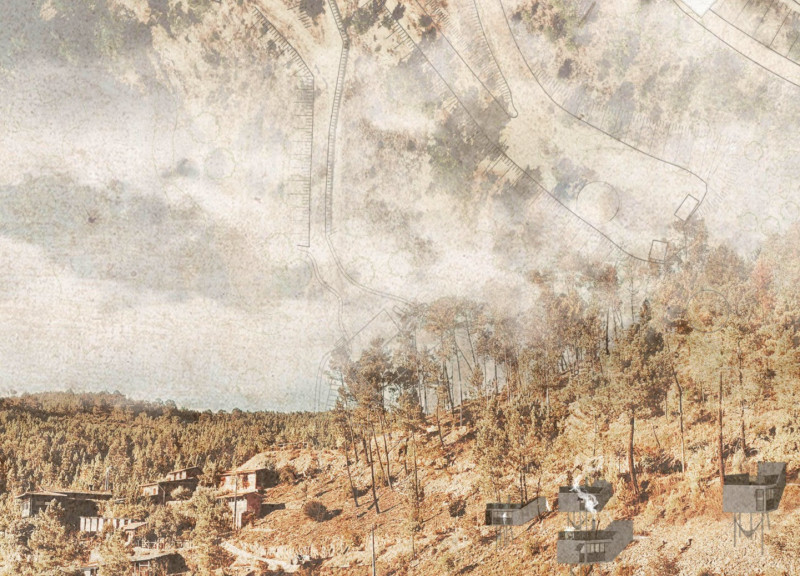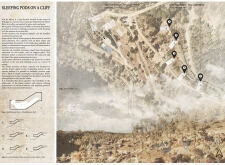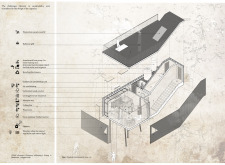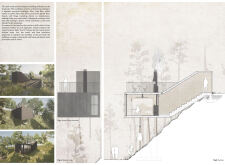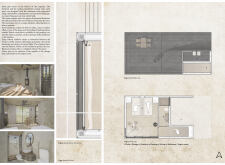5 key facts about this project
The architecture represents a harmonious blend of modern aesthetics and practical considerations. It is designed to accommodate [insert primary function, e.g., residential living, public gathering, cultural activities], with spaces that are open yet defined, allowing for a fluid experience as occupants navigate through them. The layout is carefully planned, ensuring that each area serves its intended purpose while contributing to the overall coherence of the design. Natural light plays a critical role in enhancing the ambiance, as strategically placed windows and openings invite the outside in, creating a connection with the environment.
Key design elements include a striking façade characterized by [describe main identifiable features, e.g., the interplay of horizontal and vertical lines, or innovative roof profiles]. This design technique not only contributes to visual interest but also aids in passive climate control. The use of materials such as concrete, glass, and sustainably sourced wood highlights a commitment to durability and environmental responsibility. Each material was selected based on its performance characteristics and its ability to contribute to the overall aesthetic. Concrete provides structural integrity, while extensive glazing allows for light and views, fostering a sense of openness.
Inside, the project unfolds through inviting spaces that promote interaction. Open floor plans facilitate movement and engagement, while areas designed for privacy are thoughtfully integrated, accommodating the varying needs of its users. The material palette continues indoors, with natural finishes enhancing the warmth of the spaces. Features such as built-in furniture and multifunctional areas have been included, reflecting a contemporary understanding of living requirements.
Unique design approaches manifest in the integration of sustainable technologies. The project incorporates [mention specific sustainable features, e.g., rainwater harvesting systems, solar panels, green roofs], which not only reduce its carbon footprint but also illustrate a forward-thinking architectural practice. These elements work together to create an energy-efficient building that responds to climatic conditions while promoting ecological stewardship.
Landscaping around the structure further enhances its identity and connection to the site. Native plants are employed to create green spaces that require minimal maintenance while supporting local biodiversity. Pathways and gathering places invite community interaction, reinforcing the project’s role as a social hub within the neighborhood. The careful selection of landscaping materials parallels the building's architectural language, culminating in a cohesive environment that feels both inviting and functional.
This architectural project is a testament to thoughtful design, demonstrating how architecture can respond sensitively to context while addressing the functional needs of its users. The combination of innovative and sustainable practices with a focus on materiality and user experience sets this project apart as an example of modern architectural thinking.
To gain a deeper understanding of this project and its nuances, we encourage exploration of its architectural plans, architectural sections, and architectural designs, which provide valuable insight into the design ideas that underpin this thoughtful architectural achievement.


